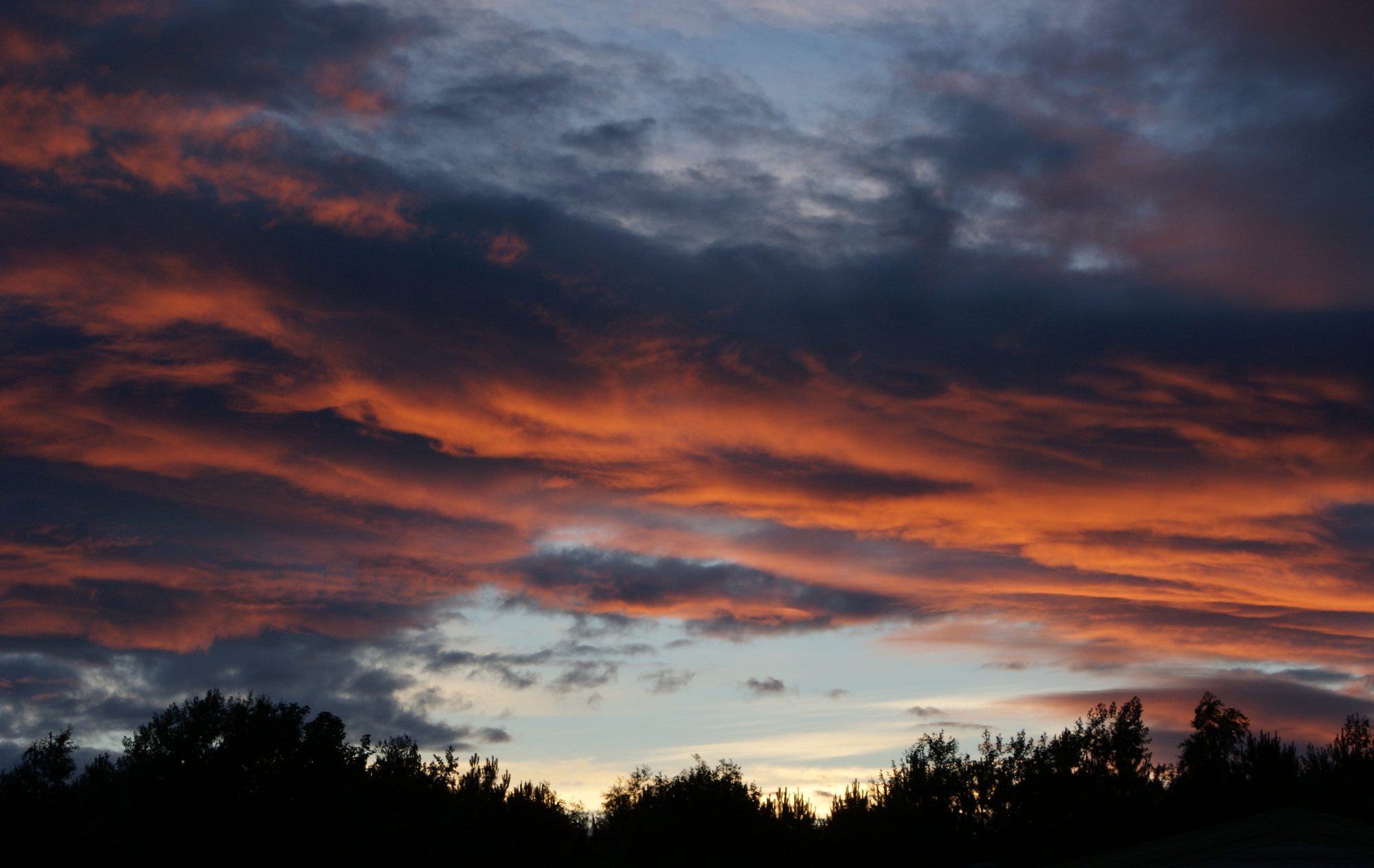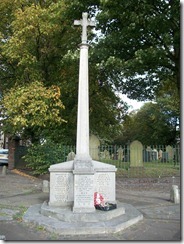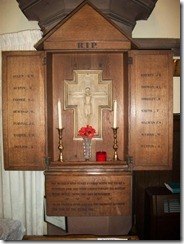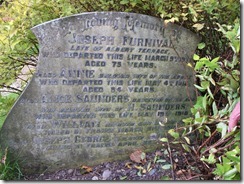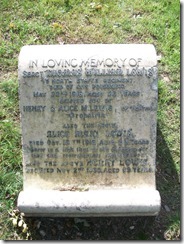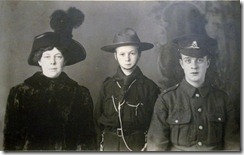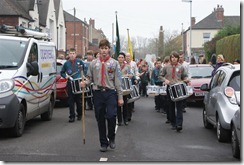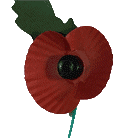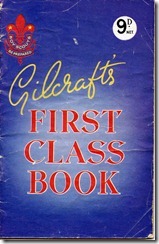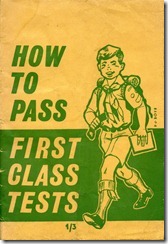For our first discussion, Chris and I talk about the merits (or otherwise) of traditional canvas tents versus modern synthetic ones.
Traditional Canvas Tents – Nick
Canvas tents have been around since the dawn of Scouting, so much so that when people think of Scouts camping, the mental image is of Scouts standing round a green patrol tent wearing their traditional ‘lemon squeezer’ hats!

Some Scouts camping last weekend – possibly!
However, despite their ‘old fashioned’ image, canvas tents, especially of the patrol or Icelandic type, do have their place in modern Scouting.
Although a canvas tent would never be used these days in conjunction with hiking (too heavy), they are extremely useful for a ‘static’ camp – weekend or week.
Firstly they are, when done correctly, quick and easy to put up. There is no messing around working out which pole goes in which hole with which colour! An experienced patrol can erect one in around 15 minutes.
Secondly, is their extreme durability. A correctly pitched patrol tent with a fly sheet can be as close to bone dry as is possible while camping. Also these tents can be a lot more sturdy in extremes of weather. For example, a couple of years back we took the Scouts camping around Easter. This was in mid March and we’d had snow forecast and overnight it did. The following morning, the leaders awoke to part of our modern tent on our faces! The weight of the snow had pushed it down on top of us. The Scouts who were in their patrol tent, didn’t realise it had snowed until they left their tent (at which point the snow balls started flying!).
A canvas tent, if looked after and stored properly, will last for years. In fact, my Group still has the patrol tents we bought in 1983! They have been repaired a number of times and are still usable (although to be fair, I wouldn’t use them without a fly these days). I would be impressed if a modern dome or tunnel tent would last over 5 years.
Finally, the patrol tent encourages a patrol to actually camp together and bond as a patrol unit. In a dome or tunnel tent, people sleep in pods or sections isolated from each other where as in a patrol tent the entire patrol of 6 or 8 (at a push) sleep in a 14’ tent. Of course the other advantage of a patrol tent is that you can stand up in them!
Although not a canvas tent as such, one of the other iconic tents is a Vango Force 10 and when I need a tent for myself when camping, this is the one I always make a beeline for!
In conclusion, the canvas tent should still be regarded as an essential for camping within Scouting and should not be dismissed because they are ‘old fashioned’.
Modern Synthetic Tents – Chris
Some very good points have been made by Nick for the good old style of canvas camping however my first counter to Nick is to say, we as Scouts are now co-educational and the single room canvas tent does not allow the modern patrol to camp together as a patrol, unless your patrol is all girl or all boy.

A selection of modern tents.
If you have a pod style tent where the central dome has 3 rooms off it then you can sleep up to 9 Scouts in groups of threes and you can allow the mixed patrol to stay camp and sleep as a patrol. Boys and girls have their own space to sleep and change, but still feel as though they are camping as a patrol. This can also over come the potentially serious problem of the patrol that has one girl that comes to camp. With a traditional tent the boys all go in to the tent and the girl goes in a 1 person tent next to the boys, is that safe to have one girl sleeping on her own?
My second argument is around at management storage putting up etc. I have put up both canvas and modern tents and I believe a good patrol with put up both in about the same time. However, when it is blowing a hoolie on that campsite you have picked over looking the beach at Barmouth and the two 11 year old Scouts holding the main poles of your Icelandic tent turn to put it in position and the wind catches that sail they have made, the comedy value is great. The safety aspect of dislocated shoulders and poles on heads is never fun.
Thirdly, there is nothing better than coming back from camp to be able to go home pour a beer put your feet up and sink into your favourite chair. Oh wait, it was raining when we struck camp so out comes the tent and quickly throw it over the washing line – hey presto, by the end of the evening it is dry as a bone and ready to be packed away for next time. The drenched canvas tent will still be handing in the Scout Hut (if you have the room) or in your garage for weeks while you try and get that canvas dry.
Finally, my final case for modern tents comes in the form of space. Most canvas tent will have a canvas bag, pole bag, maybe a peg and mallet bag – if you’re lucky and have plenty of time you will get the canvas, pegs and mallet in the valise, but the poles will always be separate, and the weight of the valise when the canvas is packed tight it considerable. Scouts will struggle to lift it, Cubs don’t have a chance and Beavers, well we won’t go there! Thus transport to camp requires someone to have a van or a people carrier and adult manpower to do the humping and shifting. With modern tents, two Scouts or four Cubs will easily lift the bag and it will fit in the boot of a standard family car. The benefit of this linked to my third point, is you can asks parents to take the wet tent home hang it on the washing line and bring it to Scouts the following week.
We’ve made our arguments both for and against canvas and modern tents, so why don’t you join the debate and tell us which is your preference and why in the comments? We look forward to reading what you have to say.
Nick & Chris
Like this:
Like Loading...
